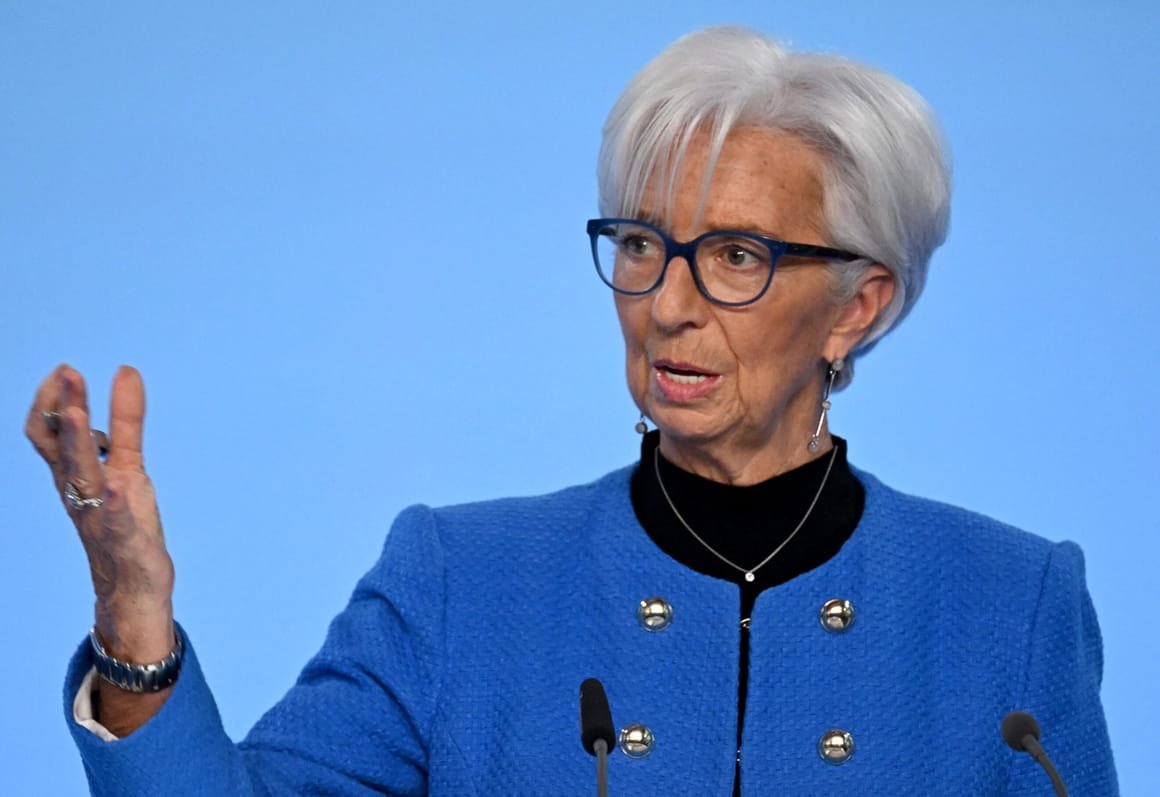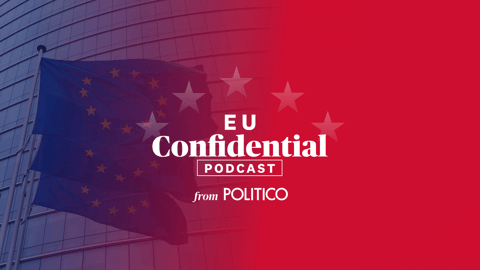Political environment has sapped confidence over the past year, diminishing the impact of four previous cuts.

The European Central Bank cut its key interest rates by a quarter-point, as greater confidence that inflation is beaten gives it more space to support an economy threatened by a growing array of risks.
The move takes the Bank’s key deposit rate down to 2.75 percent, from a record high of 4 percent last year, and President Christine Lagarde indicated the bank expects further cuts will help to revive growth in a eurozone economy that stagnated at the end of last year, its two largest economies — Germany and France — weighed on by political instability.
For the immediate future, however, it expects the economy to stay weak, not least because its past interest rate hikes in 2022 and 2023 continue to act as a drag: companies and home-owners who took out long-term loans in the days when interest rates were close to zero are still having to refinance those loans at higher levels, forcing them to cut back on other outgoings.
Moreover, it says the risks to its outlook are still skewed negatively, not least due to the new administration in the U.S. and President Donald Trump’s threats of trade tariffs.
Confidence sapped
The political environment, both external and domestic, has sapped confidence over the past year, diminishing the impact of four previous cuts that had brought official rates down by a full percentage point. The Bank noted that even though household incomes are more than keeping pace with inflation, people “have not yet drawn sufficient encouragement … to significantly increase their spending.”
“The ECB is clinging on to the optimism that falling rates and rising real wages will translate into a rebound in private consumption, but as we have seen … the confidence to spend them just isn’t there,” Kyle Chapman, a foreign exchange analyst with Ballinger Group, said in e-mailed comments. “The recovery has been repeatedly delayed, and it is hard to imagine that this turns around in the near term.”
Several members of the ECB’s Governing Council have already voiced such fears, stressing that the ECB should cut rates to a “neutral” level as quickly as possible. Deutsche Bank’s Mark Wall said in e-mailed comments that rates may “quite probably” end up below neutral by year-end.
For the moment, Lagarde said, policy is still “restrictive”, adding that no-one had suggested otherwise at Thursday’s meeting. ECB staff estimate the neutral rate could be anywhere between 1.7 and 2.5 percent.
“The lack of discussion around neutral rates implies that at least two or three more cuts are locked in in policymakers’ minds,” Chapman said.
Lagarde declined to be drawn on how far the ECB still needs to cut to get to a neutral stance, and stuck to the guidance that the Bank “will follow a data-dependent and meeting-by-meeting approach.”
The ECB’s step widens the gap between European and U.S. interest rates: the U.S. Federal Reserve on Wednesday kept the target federal funds rate unchanged at 4.25 – 4.5 percent. That widening gap may put further downward pressure on the euro, at least partially compensating for any tariff effect but pushing up the price of key imports, including energy. This could be further exacerbated if Europe decided to retaliate against possible U.S. tariffs.
Reports on Monday suggested that Treasury Secretary Scott Bessent is preparing a 2.5 percent universal tariff, with incremental monthly increases up to 20 percent that would squeeze European exporters more and more tightly.
Lagarde said it would be months before the ECB can reliably assess what Trump’s policies mean for Europe.
“There are rumors, there are statements, there are assumptions, but we don’t have anything that is, you know, clear and tangible,” she said.



